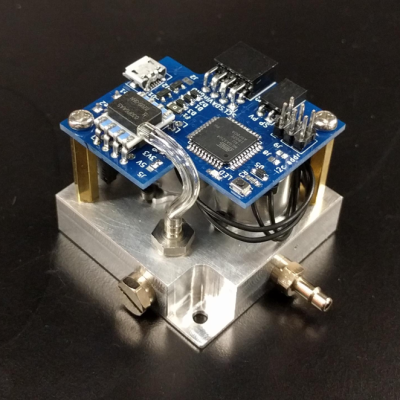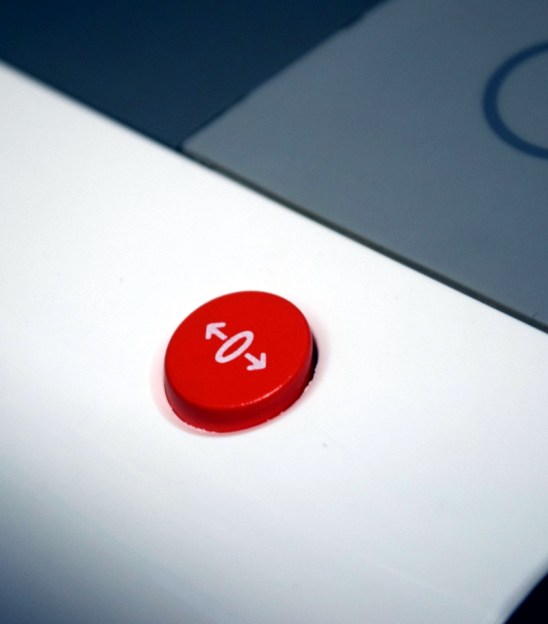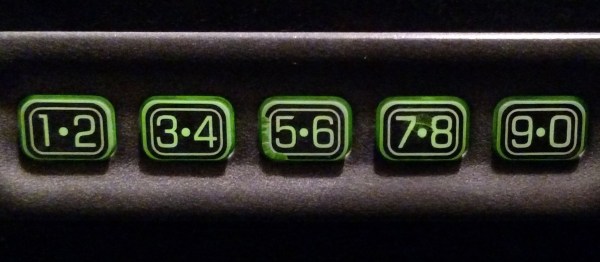We’ll say it just once, and right up front: wrist-mounted flamethrowers are a bad idea. An itchy nose and a brief moment of forgetfulness while sporting one of these would make for a Really Bad Day. That said, this flaming gauntlet of doom looks like a lot of fun.
We’ve got to hand it to [Steve Hernandez] – he put a lot of work into the Flame-O-Tron 9000. Building on his prior art in the field, [Steve] went a bit further with this design. The principle is the same – butane plus spark equals fun – but the guts of this flamethrower are entirely new. A pipe bomb custom fuel tank is used rather than the stock butane can, and a solenoid valve controls fuel flow. Everything lives in a snazzy acrylic case that rides on a handmade leather bracer, and controls in the hand grip plus an Arduino allow the user to fire short bursts of flame or charge up for a real fireball. See what you think of the final product in the short video after the break; it sounds as though even if the fuel runs out, the high-voltage would make a dandy stun gun.
Maybe we should lay off the safety nagging on these wrist rockets. After all, we’ve seen many, many, many of them, with nary a report of injury.
Continue reading “Let No Eyebrow Go Unsinged With A Wrist-Mounted Flamethrower”



 For many projects that require control of air pressure, the usual option is to hook up a pump, maybe with a motor controller to turn it on and off, and work with that. If one’s requirements can’t be filled by that level of equipment and control, then it’s time to look at commercial regulators. [Craig Watson] did exactly that, but found the results as disappointing as they were expensive. He found that commercial offerings — especially at low pressures — tended to leak air, occasionally reported incorrect pressures, and in general just weren’t very precise. Out of a sense of necessity he set out to design his own
For many projects that require control of air pressure, the usual option is to hook up a pump, maybe with a motor controller to turn it on and off, and work with that. If one’s requirements can’t be filled by that level of equipment and control, then it’s time to look at commercial regulators. [Craig Watson] did exactly that, but found the results as disappointing as they were expensive. He found that commercial offerings — especially at low pressures — tended to leak air, occasionally reported incorrect pressures, and in general just weren’t very precise. Out of a sense of necessity he set out to design his own 







 The electronics and mechanical part of this build are pretty simple. An acrylic frame holds five solenoids over the keypad, and this acrylic frame attaches to the car with magnets. There’s a second large protoboard attached to this acrylic frame loaded up with an Arduino, character display, and a ULN2003 to drive the resistors. So far, everything you would expect for a ‘robot’ that will unlock a car via its keypad.
The electronics and mechanical part of this build are pretty simple. An acrylic frame holds five solenoids over the keypad, and this acrylic frame attaches to the car with magnets. There’s a second large protoboard attached to this acrylic frame loaded up with an Arduino, character display, and a ULN2003 to drive the resistors. So far, everything you would expect for a ‘robot’ that will unlock a car via its keypad.









